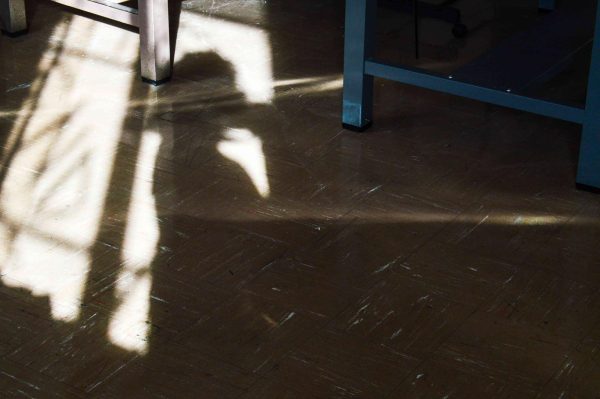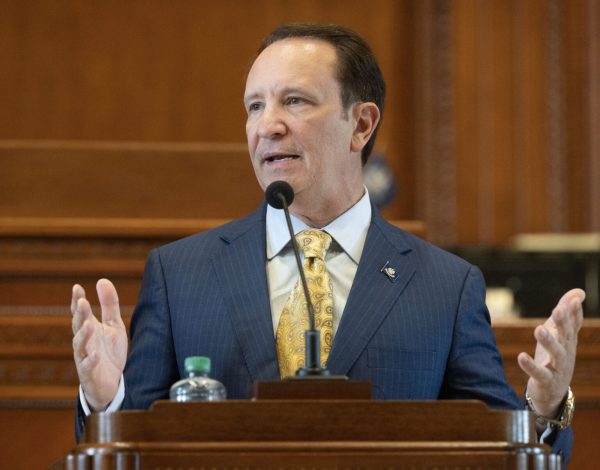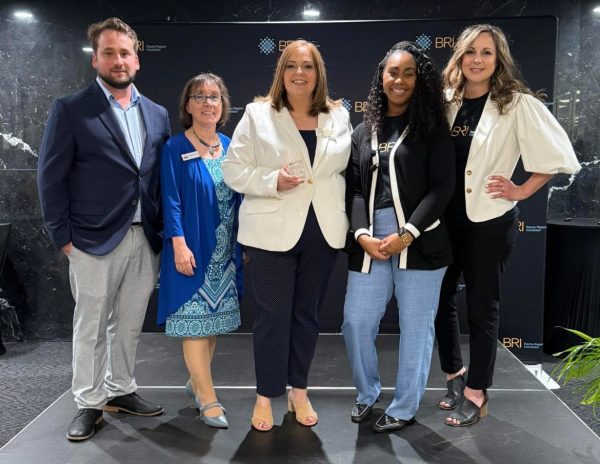TOPS viability questioned in midst of upcoming budget talks
In recent years, a misconception has developed about the purpose of the Taylor Opportunity Program for Students (TOPS) in Louisiana.
It was created to give all students the chance to go to college based on merit. According to the Patrick F. Taylor Foundation website, Patrick Taylor “worked to ensure that the opportunity to go to college be based on a child’s desire to learn, not on his or her ability to pay.”
According to the TOPS Report from the Louisiana Board of Regents, TOPS recipients from 2003 to 2014 were predominately white (79 percent) and female (59 percent). It also said the average household income of TOPS recipients ranges from $70,000 to $99,000, while Louisiana’s median household income is $44,164.
This report raised the question of whether TOPS, which is based solely on academic achievements, should be limited to students from lower income households, as it currently places a large burden on the state budget.
In a personal opinion column for the Advocate newspaper, Dillard University president Walter Kimbrough called TOPS “an engine of inequality.”
In his article, Kimbrough wrote “TOPS is structured to give money to top students, from top-income families, who attend top schools with top curriculums.”
This year there are approximately 4,700 students at Nicholls who receive TOPS, and according to Brandy St. Pierre, assistant director of financial aid, that number does not fluctuate drastically from year to year.
“TOPS covers about two thirds of (Nicholls) fees. It covers the tuition-only amount and leaves anywhere from $1,000 to $1,500 not covered in remaining fees,” St. Pierre said.
Eugene Dial, vice president of student affairs, said, “I think TOPS is very important for some families, but there are other families that could make the adjustment. The problem becomes, how do you come up with a state-wide program that’s fair when it’s applied to everyone?”
According to the Board of Regents report, since TOPS’s inception, the state has spent around $1.9 billion on the TOPS program. In 1998-1999, the average TOPS award was $2,286 and has increased 98 percent to $4,530 in 2013-2014.
“If the legislature doesn’t do something to get the expense for TOPS under control, at some point the whole program is going to collapse. The state won’t be able to afford it,” Dial said.
According to Dial, there is not an overabundance of college graduates in Louisiana compared to other states.
“I think the concept of encouraging Louisiana students to prepare for and go to college is a good concept,” Dial said. “I think our state benefits from having more college graduates. I think as we get more people with college degrees, you’ll see further economic development in our state.”
Dial said that between 1984 and 1992 the oil industry collapsed and many young people moved out of state because they could not find jobs.
“A lot of bright people didn’t come back,” Dial said. “I’m concerned that if we don’t sufficiently fund higher education in this state, there’s going to be a lot of bright young people who are going to choose to go to school out of state.”
Dial said, “We’re going to have another exodus of young bright people from our state because people generally stay and live in the state where they graduate college.”
Zachary Adamietz, a geomatics freshman from Thibodaux, said that he receives the highest TOPS award and would definitely be affected if it were cut.
“I would have to pay my way through school, and I can’t afford that,” Adamietz said.
Graduate student Jamie Hymel said TOPS was the deciding factor when she was debating getting her MBA.
“Had I not had TOPS, I probably would have struggled financially through my undergrad,” Hymel said. “I did my undergrad in three years, so I still had a year left of TOPS to put toward my graduate degree.”











